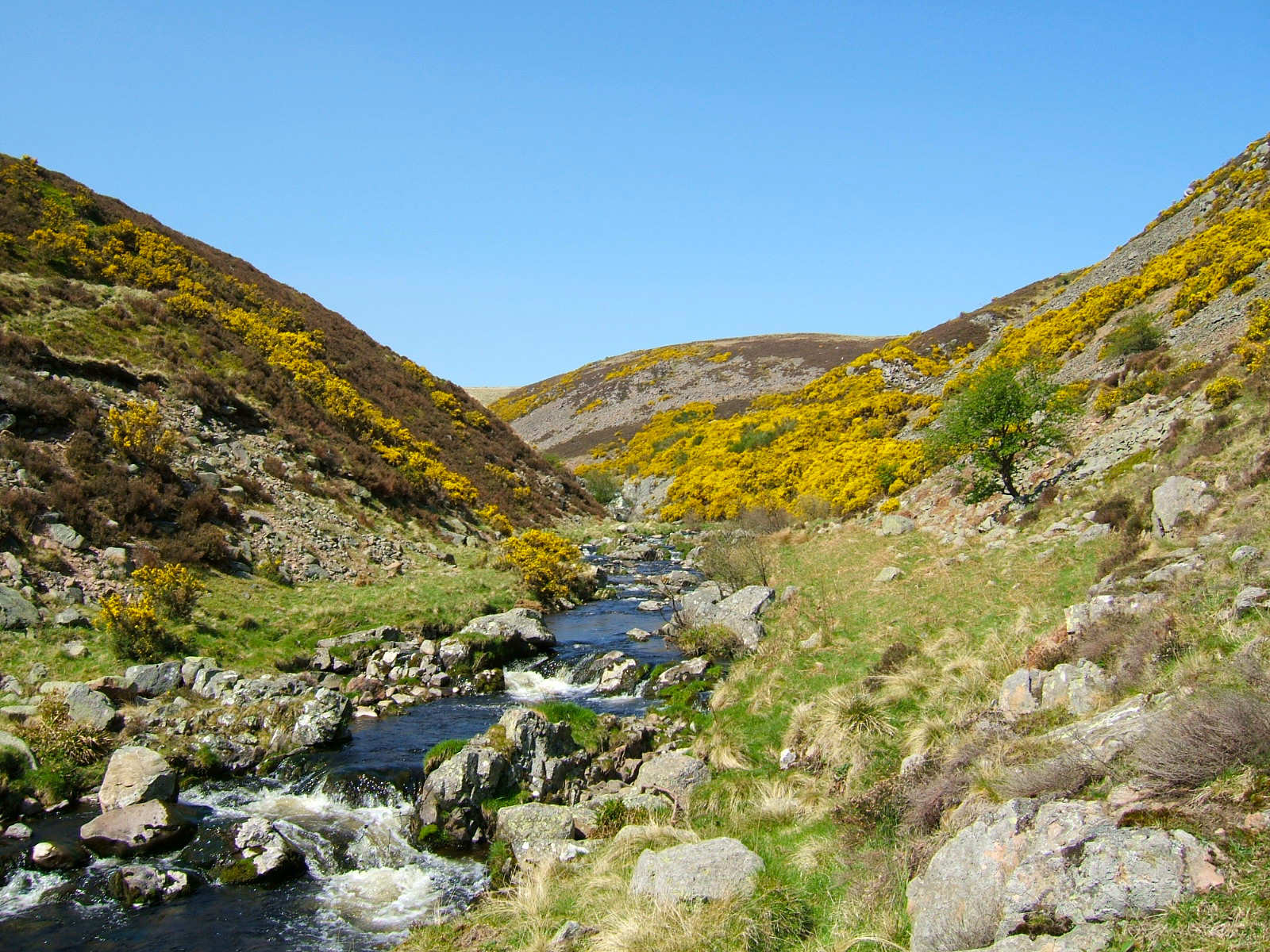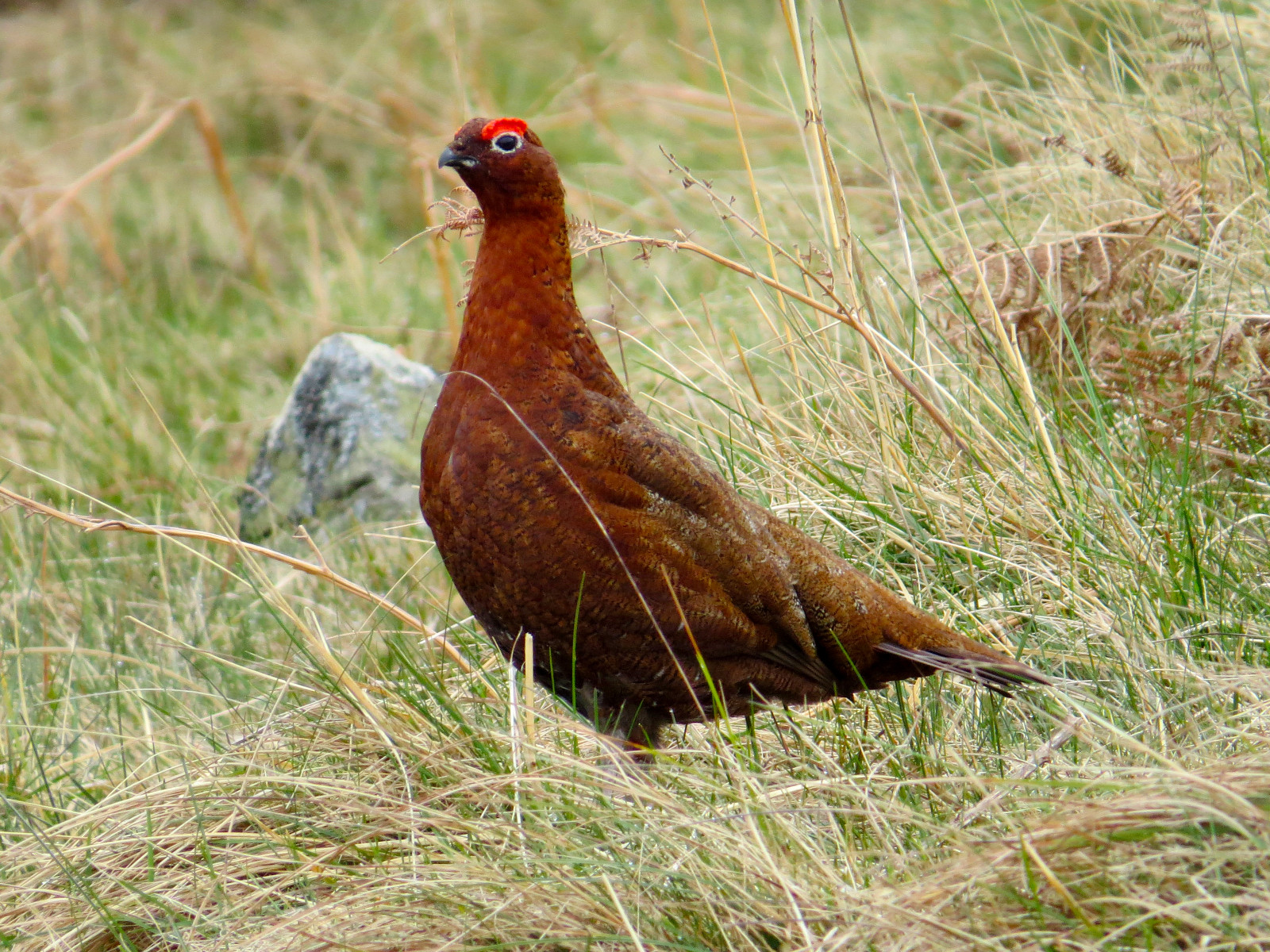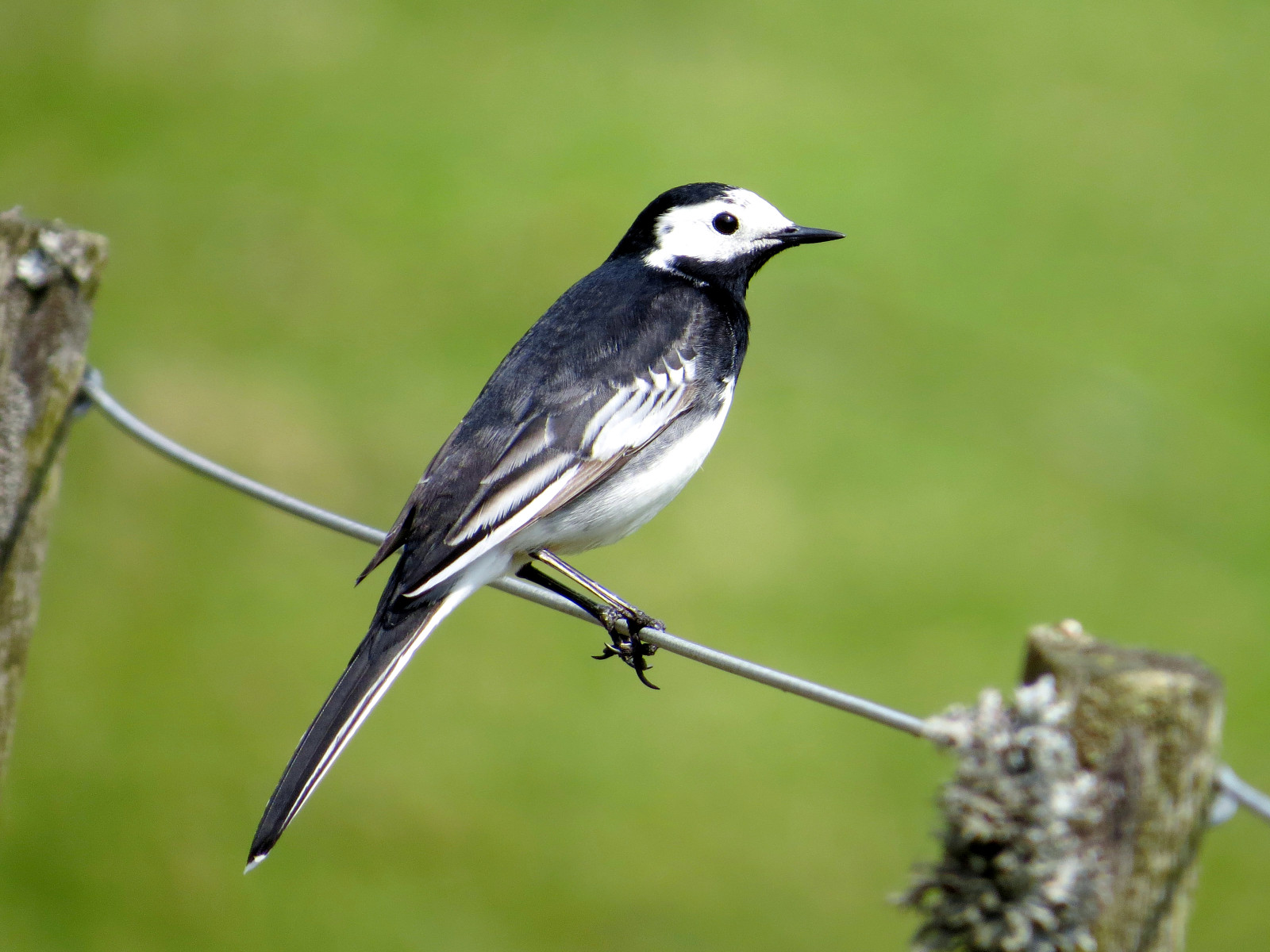Description
The Harthope is one of Northumberland's best upland valleys, with a mix of semi-natural Alder-Oak-Birch-Hazel woodland, Hawthorn scrub, sheep-grazed grass, and higher up, heather moors and some rocky crags and scree. The highest ground, on The Cheviot (815 m), is topped with blanket Sphagnum bog. If you are very lucky, the strenuous climb to the top may be rewarded with kulík hnědý on migration in May or September.
In the higher, steeper parts of the valley, kos horský breed, together with bělořit šedý. Large numbers of linduška luční (the commonest bird here!) and skřivan polní breed on the more open grassy slopes. The heather moors have large populations of Bělokur rousný, sadly now managed for shooting; shooters also release large numbers of orebice rudá and bažant obecný every year, likely with major detrimental effects on native ground-nesting birds. The lower slopes and woods hold žluna zelená and kukačka obecná, and bramborníček černohlavý is a recent colonist with milder winters allowing their survival. Warblers include budníček větší, budníček menší, pěnice slavíková, pěnice černohlavá and pěnice hnědokřídlá. Few waders are present, but sluka lesní are resident in small numbers and ústřičník velký and pisík obecný breed along the Harthope Burn; there are also good numbers of skorec vodní and konipas horský on the burn.
Sadly, the site has not escaped the general declines in so many species; several have disappeared or become very scarce in recent years. linduška lesní, lejsek černohlavý, sýkora babka and budníček lesní have all been lost or become hard to find, and even rehek zahradní and bramborníček hnědý are much harder to find than just a few years ago. Raptors too have also become less easy to find, with just a few káně lesní and the odd krkavec velký, while moták pilich and sokol stěhovavý have largely disappeared, probably due to illegal persecution related to the grouse shooting.
Like most upland sites, the area is bleak in winter, though deep snow seems to be largely a thing of the past. Despite this, good numbers of drozd cvrčala and drozd kvíčala can be found, and the Birch and Alder woods attract čečetka tmavá and čížek lesní additional to the resident breeding numbers.
Details
Access
Unfortunately, only accessible by car; no public transport nearby. Steep slopes on the road in make the site difficult for cyclists. Click on a P in the map for directions.
Terrain and Habitat
Forest , Mountain , Canyon/cliff , Scattered trees and bushes , Grassland , Plateau , Valley , Moors/heathland , RiverConditions
Mountainous , Flat , Wet , Hilly , Rocky , Open landscapeCircular trail
NoIs a telescope useful?
Can be usefulGood birding season
Spring , SummerBest time to visit
SpringRoute
Paved road , Wide path , Unpaved road , Narrow trailDifficulty walking trail
StrenuousAccessible by
Foot , CarBirdwatching hide / platform
NoExtra info
This is one of the best places in Northumberland to see Adders (Vipera berus), Britain's only venomous snake, though they are not easy to find. Cool but sunny days in spring offer the best chances, when they come out into the open to bask in the sun. For their (and your own!) safety, do not touch them. Other 'non-birds' to look for include Common Toad, Roe Deer and Brown Hare.


